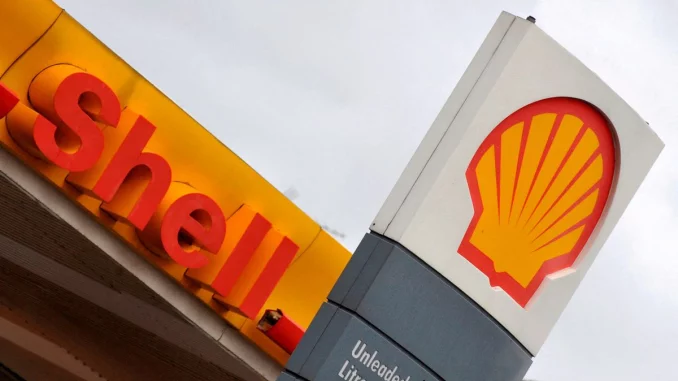
Namibia intends to accelerate the development of its first oil field to ensure production by 2026, an energy official said Monday.
The revelation follows a major offshore discovery by Shell.
The multinational said Friday that the exploration well off the coast of the southern African country had yielded “encouraging” results.
“If we get it right in the next four years, it will be excellent for us, and the Namibian government has committed to the joint venture team to work hand in hand with them… to ensure that we accelerate the development of the field so that we can produce as quickly as possible,” said Maggy Shino, petroleum commissioner at Namibia’s Ministry of Mines and Energy.
Shell’s Graff-1 well was drilled in the deep sea, in water depths of more than 5,000 meters.
Ms. Shino said it was too early to provide exact volumes of oil encountered in the Graff-1 well or to know whether the new discovery was sufficient to constitute a stand-alone project or whether it required further exploration.
Another multinational, TotalEnergies, is currently drilling another well, Venus, in a nearby block.
“By May or June, we’ll be able to access enough data to be able to confidently tell you how much we’re talking about here,” she said. Shell did not provide details on the size of the field.
Shell holds a 45% interest in the exploration license where the well is located. Qatar Energy also has a 45% stake and the parastatal NAMCOR holds the remaining 10%. An upper-middle-income country, Namibia is dependent on mining, a sector that provided more than 50% of its foreign exchange earnings between 2015 and 2019, according to the World Bank.
At present, Namibia is not an oil-producing country, but neighboring Angola is one of the major oil and gas producers in Africa.
